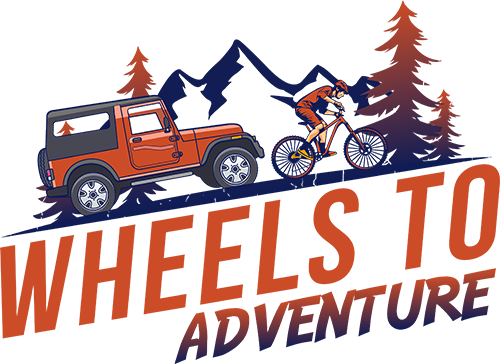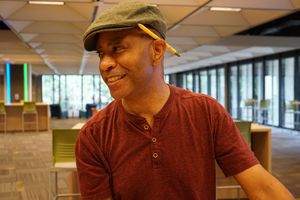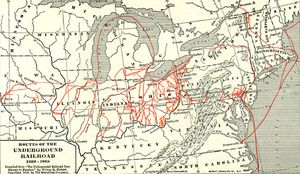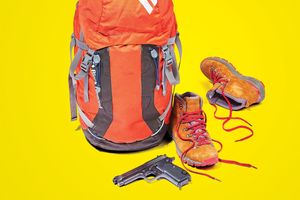After completing the first leg of the trip in Buffalo, NY, we’ll head straight down toward my home State of New Jersey. It is tempting to hop on the recently completed Empire State Trail, a 750-mile trail that runs from NYC to Canada and west to Buffalo. We could hop on the trail in Buffalo and head down to Albany with no streets to worry about at all. If I was doing the trip by myself, I probably would, but we have a slight schedule to keep.
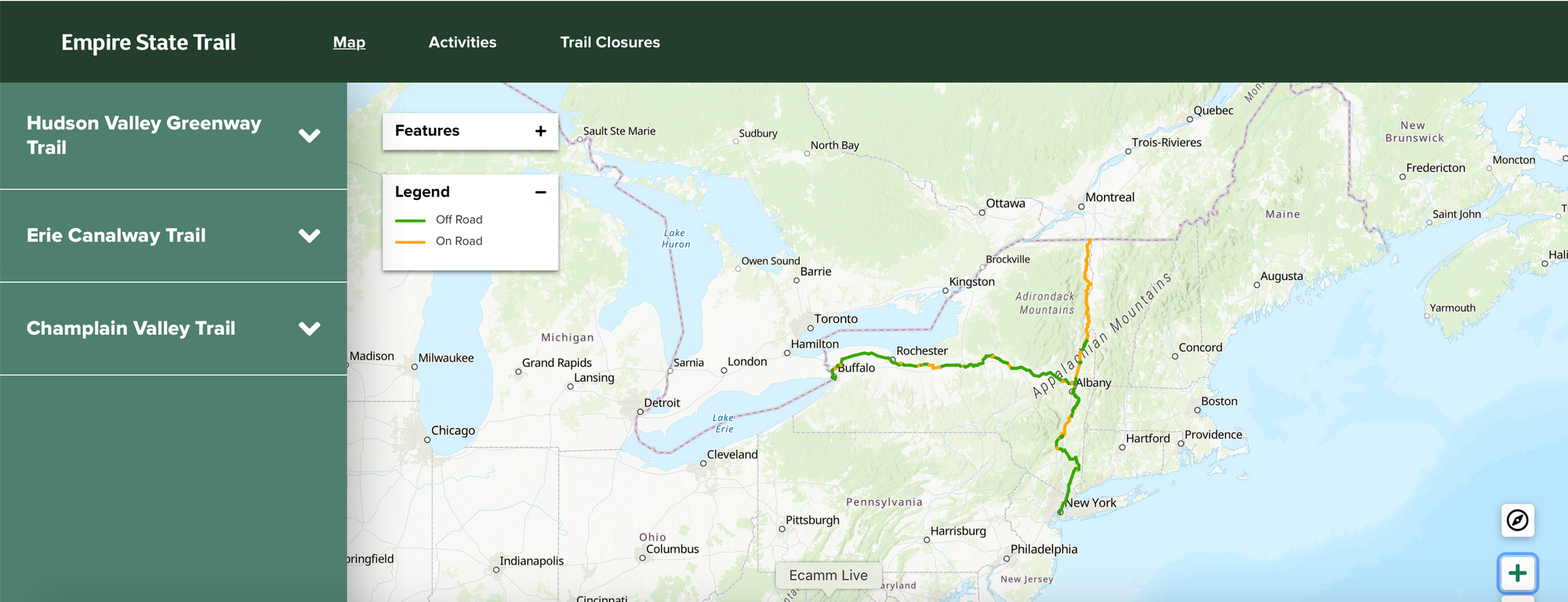
My brother and I have not been home to see family for several years, so I feel obligated to visit since we are in the area. A few days of rest by that time will be good for both of us. Once family time is finished, we head to Washington, DC, to start our journey across the country.
We will take the Great American Trail. The trail is the brainchild of the Rails to Trails Conservancy. The RTC began in 1986 with the goal of repurposing and connecting the many, abandoned train trails throughout the country.
“One of our original goals was to create a path of trails that extended from Washington, DC to Washington state. We thought it would take us 35 years to get to 50% completion of our goal. We hit that goal in 2017, and announced the trail to the public in 2019,” says Brandi Horton, VP of Communications for the RTC. “With Covid coming to an end [we hope] we’re excited to see people getting ready to complete and use the trail this year.”
The announcement and media push by the RTC is what made me aware of the idea and concept. It captured my imagination in a way other travel goals had not. I became obsessed with the idea and a year later here I am ten days away from starting my journey.
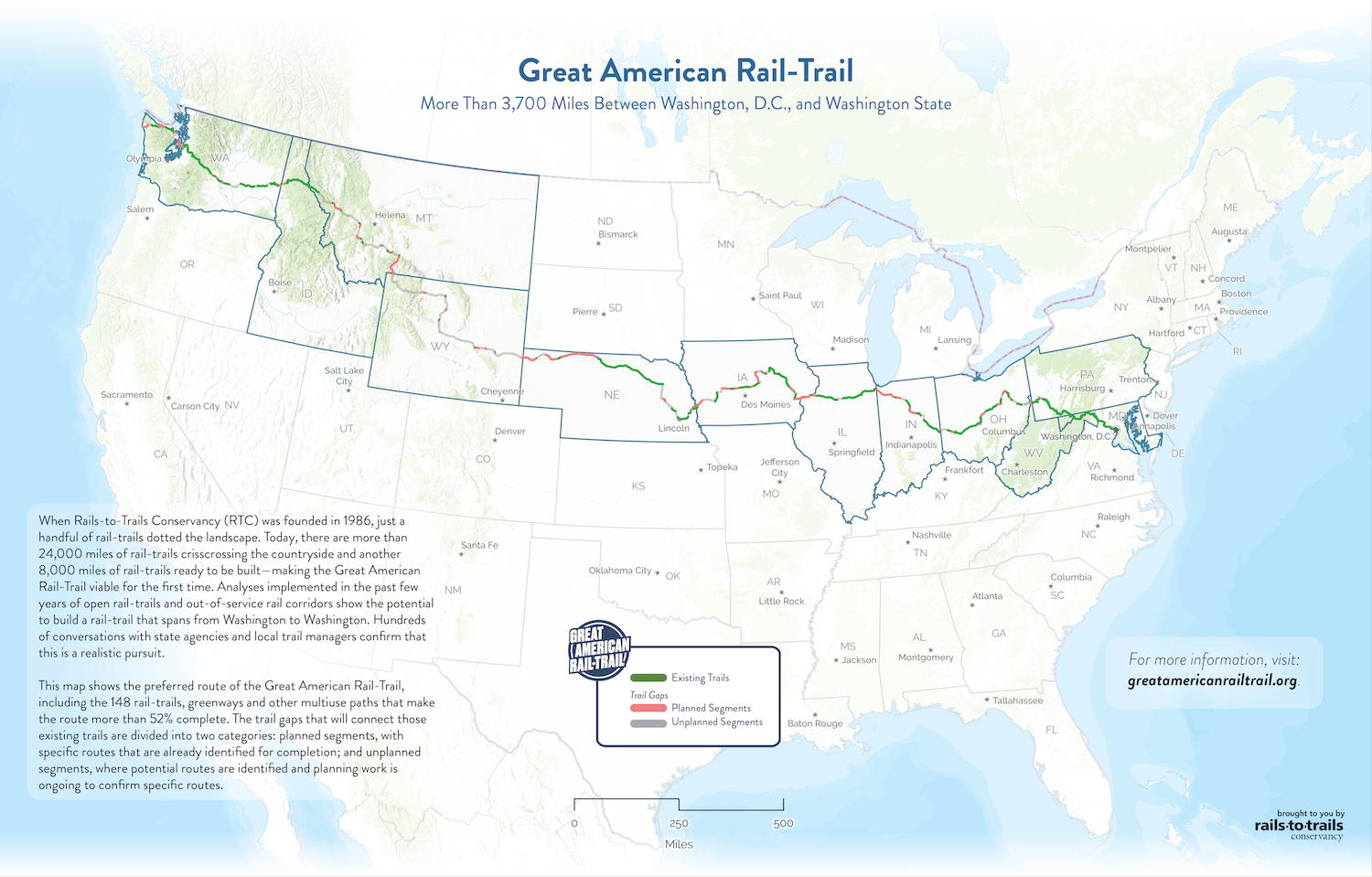
Looking at the map on the RTC website, you can see that most of the completed off-road trails are in the first half of the journey. Once you get to the middle of Nebraska, the rest of the route is uncompleted. What that means in practical terms is you would need to bike ride many of the remaining miles on city streets. Many of the roads are through small towns and cities. Traffic will not be as bad as in urban, densely populated areas, but safety still must be a top priority. A total of 843 cyclists were killed in accidents involving cars in 2019.
Completing the remaining trails and connecting them would ease that concern. According to Horton, the three top priorities for completing the project are land, logistics, and not surprisingly money. Abandoned rail lines could be on federal, state, or local hands. Some of the rail lines, while unused, are still owned by private companies. In addition, RTC must look beyond the land and rails themselves. Often the rail paths do not intersect, and so they must create an intersecting point. Often that entails dealing with private landowners.
“We need federal leadership (and funding), but ultimately local control and operations are key as the local communities will be the ones maintaining the trail,” says Horton.
The RTC project is a worthy idea of the type that Republicans would probably not see as a fiscal priority, but Joe Biden is in office now and on a spending binge. It is possible that additional funding could be gained in the upcoming Transportation funding bill.
The Great American Trail traverses through twelves states; West Virginia, Pennsylvania, Maryland, Ohio, Indiana, Illinois, Iowa, Montana, Idaho, Washington, and the District of Columbia. They designed, purposefully the trail to take people through smaller towns and cities with services that trail riders can use to re-provision, get water, stay in a bed and breakfast, or just get a fully cooked meal.
“Bike trails of all kinds have a great impact on local economies,” says Horton. “One of the most well-known trails, the Katy Trail in Missouri, has a general store with a sign-in book the owner had trail riders sign. She had more signatures in a summer, than there are people who live in the town.”
Annual bike races and events along the trails and the normal trail traffic is a boon to communities along the trails. Correspondently the Covid pandemic hit the communities hard as the number of riders dwindled in 2020 and long-distance biking events were canceled. But the pandemic, as unwanted as it may be, also had other, more surprising effects.
“In the wake of Covid, we have seen more trail usage both in biking and walking,” says Horton. Given that for long stretches of time, you could walk into big box sporting goods stores and find empty bike racks from end to end, it is not surprising.
As I get ready to embark on my trip across this route, I look forward to not only the open road, so to speak but also the people I will get to meet and encounter. Bike touring is truly a sub-culture and thus, in the age of digital grouping, organizations and people who support the community abound. One organization, called Warm Showers, provides a loose network of like-minded cyclists that offer their homes, or yard for tourers to crash for a night or get that much needed shower or load of laundry done.
Watching a collection of YouTube videos made by people who tour regularly, it does not take long before someone in the videos mentions the kindness of strangers. “Traveling by bike gives you an intimacy with people and locations that you cannot get traveling in a car.”
I look forward to experiencing both and showcasing the kindness of American strangers to you. It is something, I think we desperately need today, when all too often the news presents only a divided country.
